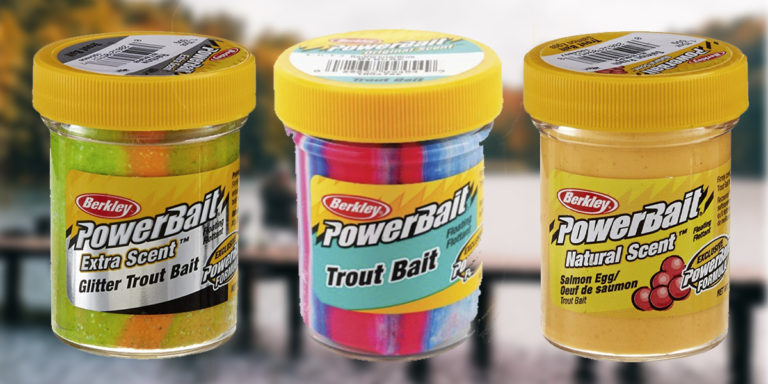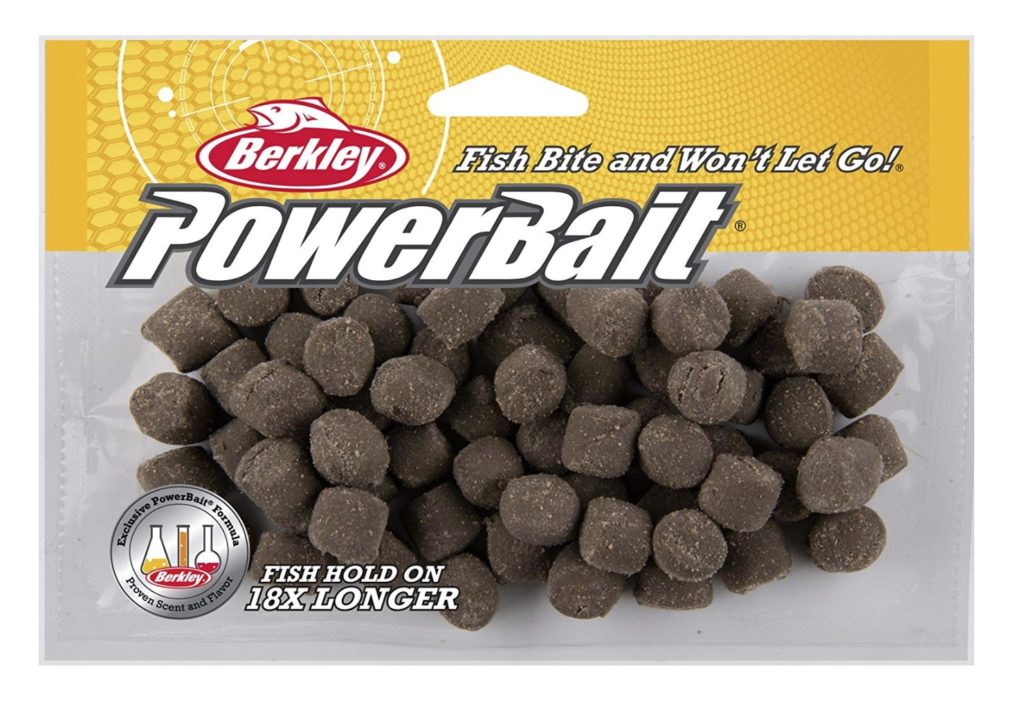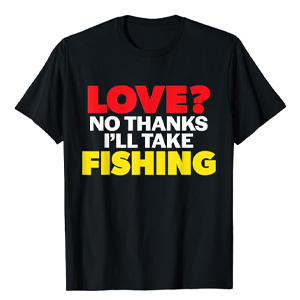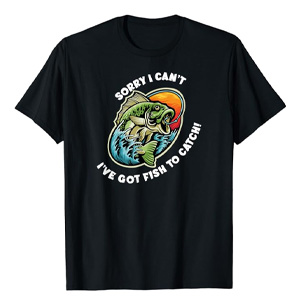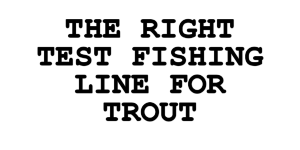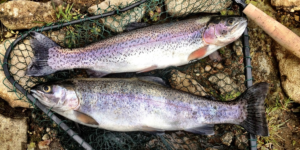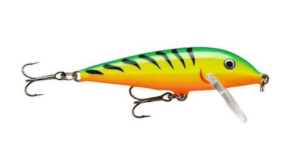Why fish with Powerbait
As a Redneck from the woods of North Idaho, I grew up using worms, so it took a long while to convert me to using Berkley Powerbait instead of worms when I’m bottom fishing for trout in lakes. The answer to why use Powerbait over live bait is that it works better and fish hold on longer.
The scientists at Berkley have spent years working on tweaking the formulas to attract fish, get them to bite, and most importantly hold on longer than they would with live bait.
Note: Some links on this page are affiliate links meaning we get a small commission if you purchase items via them. It helps keep us fishing and paying for beer but costs you nothing extra.
What gear to use when fishing with Powerbait
The setup for catching trout with Powerbait is actually very simple. Start with a light action rod. Few trout that you will encounter will exceed 2 pounds so a 6′ light rod with a moderate to slow speed is perfect. A softer rod will be more forgiving when it comes to playing fish.
Here is a basic list of what you need for bottom fishing for trout
- 6′ – 8′ medium-slow, lightweight rod
- 2-6# monofilament line
- 2# leader material
- 1/8 -1/2 oz egg sinker
- Size 12 or 14 barrel swivel
- Plastic beads
- Size 14 or 16 treble hook or #8 bait holder single hooks
- 2-3 jars of Powerbait
Fishing line for planted trout doesn’t need to be heavy. 4# line may feel like a gossamer thread to pull fish in with, but unless you are pulling them in through harsh conditions, such as around logs or over rocks, it is sufficient for landing most planter trout, especially with a soft, shock-absorbing rod.
Using a lightweight leader will assist in your bait floating, as will using the correct size hook. If you use too heavy of a leader line, or too heavy of a hook, you will have difficulty getting your bait to float properly.
When it comes to hooks, you can generally get away with smaller than you think. My preference is a good quality, super sharp single hook. They are easy to hide in the bait and easier to remove from fish. Additionally, you are less likely to lose any large fish you may hook if you are using a single hook vs a treble. Now if you know you are keeping all the fish you are catching, a treble hook will work fine. I just find that fish tend to get deeply hooked when using small trebles with bait, which makes releasing them unharmed very difficult.
Regardless of what kind of hook you use, I highly suggest you get a dehooking tool. It makes it infinitely easy to remove hooks from fish safely both for you and the fish. In addition, I usually keep a pair of forceps around to remove hooks from really small fish, or for holding onto small hooks as I’m trying to tie them on.
What Powerbait to use for trout
Like who has the best pancakes in town, which Powerbait is best to use for trout is a matter of great debate. There is also the question of nuggets vs dough. In general, I prefer the dough in everything but the Hatchery Nuggets. In my experience, if the nuggets dry out too much they get brittle and won’t stay on a hook, plus you can’t use them with treble hooks.
You will want to experiment and see what colors work best in your area. There is no universal answer to this one, and don’t assume that the one that is always missing on the store shelf is the best one to use. I may be guilty of assuming that myself. Take 3-4 jars with you when you go out. Additionally, different colors will work better on different days and under different lighting conditions. It is always a bit of experimentation.
If I was stocking a tackle box though, here are the colors I would start with. They all come in regular or with glitter, and I would probably have a mix of both. Consider BTW picking up a container just for your Powerbait. Berkley makes a soft sided bait jar holder for either 10 or 16 jars or Plano makes a plastic one that holds 18 jars.
The Best Powerbait colors
Which Powerbait colors are the best for stocked trout in lakes is bit subjective and will likely depend greatly on the region you are in, time of year, and the color of the water you are fishing. In general, I’ve found the following colors to be the best for fishing for stocked trout in lakes.
- Chartreuse
- Marshmallow White
- Captain America
- Pink
- Rainbow
- Trout Nuggets
One formed bait that I always try, especially early in the year is the Powerbait Trout Nuggets. The reason being that the stocked fish have been raised and conditioned to bite pellets. Biting brown balls of food is natural to them. Later in the year I feel it is a little less effective as the trout have learned that there are other things to eat in the water.
Why Does Powerbait Work So Well
PowerBait has been specially designed to attract more fish and get them to bite. The secret to PowerBait’s success lies in its unique formula and scent that is irresistible to fish. Here’s how it works:
- Scent – PowerBait is infused with a special scent that fish can detect from a distance. The scent is strong and long-lasting, so fish will be drawn to it even if it’s been in the water for a while.
- Texture – The soft and flexible texture of PowerBait mimics the feel of real baitfish, triggering a predatory response in fish. They are more likely to bite PowerBait because they think it’s a real meal.
- Flavor – PowerBait is also infused with a flavor that fish love. This flavor is not only appealing to fish but also adds to the scent that is released into the water, making it even more irresistible.
- Bright Colors – PowerBait is available in bright, eye-catching colors that are easily visible to fish. This makes it easier for them to locate the bait and increases the chances of them biting.
PowerBait has been scientifically designed to attract more fish and get them to bite. Its combination of scent, texture, flavor, and bright colors make it a top choice for anglers who want to increase their chances of catching fish.
Where to fish with Powerbait
If you are shore fishing for trout in a lake from the shore, you will likely be limited to the areas you have access to. In general, though you will want to stay out of the heavy weeds and in deeper water. Trout like having dark water to escape down into, and like the cooler oxygen-rich areas. Look for areas where the water goes from clear or green to dark and target those first. A couple of feet off the edges of weed beds can be effective as well.
Fishing from a boat opens up a whole world for you. My places to target when bottom fishing for trout with Powerbait are the deep holes found in many lakes, dropoffs along sandy shores, and areas near where cool fresh water flows in. As usual, look for areas that aren’t heavy with weeds. The key will be to explore the lake using a fish finder until you find the spot where trout like to be. Some will always be out hunting for food, but there are always areas where they prefer to congregate in the lake.
Using a front and back anchor will make bottom fishing from a boat much easier and it stops you from moving all over the lake and losing your spot.
How to fish with Powerbait
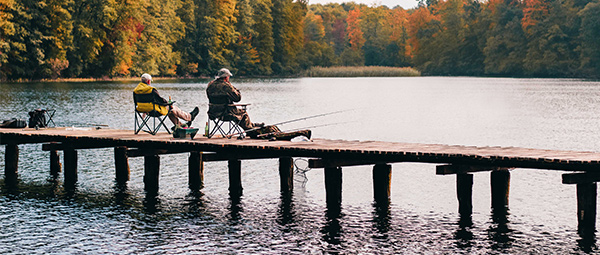
The basic setup is to thread on your weight followed by a plastic bead. Tie this to the barrel swivel. The bead will protect your line from the sinker banging into the knot. From here tie on ~18″ of leader followed by your hook.
How much weight you use will be determined by how far you are casting, wind conditions. Typically you will want to use the least amount of weight possible.
The length of your leader will be dictated by the bottom is where you are fishing. You will want to make sure your bait will float above any weeds. A good practice is to change your leader length every 20 minutes or so until you find the correct one to get bites.
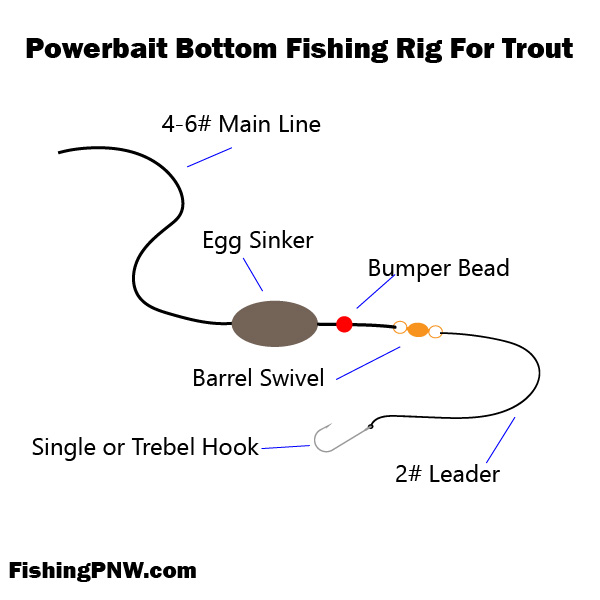
Once you have decided on your location and gear, simply form enough dough onto your hook to just cover it, and then cast out a little beyond your desired location. Let your line stay free as the lead sinks. Your rig will tend to drift toward you as it sinks due to the resistance of the line in the water.
TIP: Don’t use too much bait. If you put a huge glob of bait on your hook, the fish will not get close to the barbs fast enough for you to set the hook effectively. Additionally, it makes it more likely that your bait will go flying off when you cast. Use just enough to cover the hook and be sure to pack it into a tight ball.
After it has hit the bottom, reel up until the bead and swivel are just making contact with the sinker. Your line does not need to be super tight. The idea is that when the fish bites, it has some slack to swim away with your bait, before you set the hook. If they grab it and it doesn’t move, they are more likely to spit it out.
Once you are in position, be patient and let it sit for a while. The fish need time to find your bait. When it is time to move it, reel in just a few feet and reset. With repeated casts, work through the area to see if one area is more productive than the other. Often times it is simply a matter of waiting for the fish to come through your area. I’ve witnessed countless times, small schools of 6-10 trout cruising the shore like a wolf pack, looking for food. If they aren’t biting, it could be your location, your bait, or they may just not be there.
In the end, bottom fishing for trout in lakes really is a patience game and comes down to putting the time using the right bait in the right location.
Photo by Tomasz Filipek from Pexels

